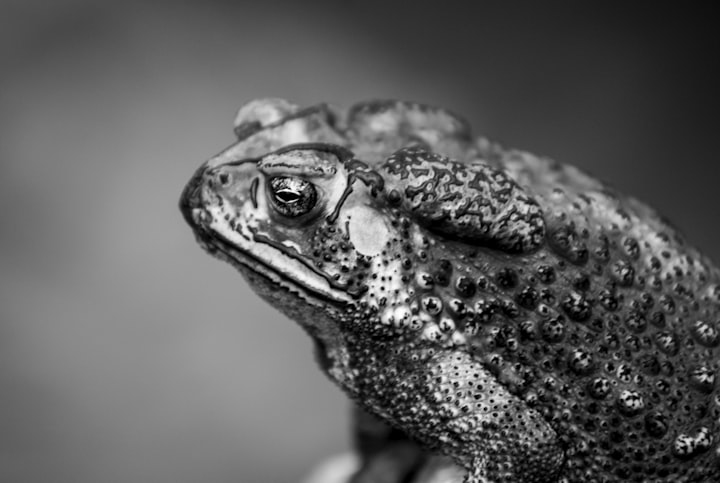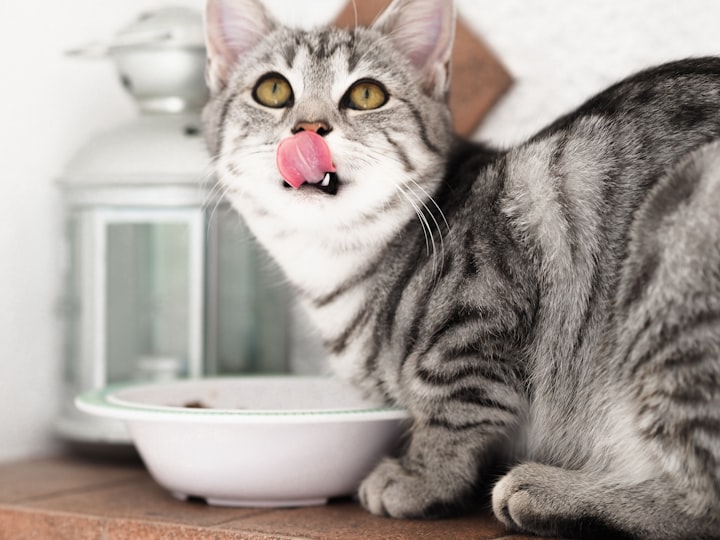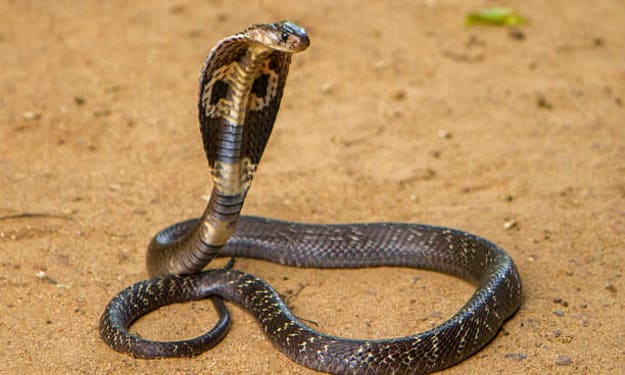
Amphibians correspond to a group of vertebrate animals with particular characteristics, since from the structural point of view they are between fish and reptiles. This characteristic allows them, generally, that double aquatic and terrestrial life.
There are currently three types of amphibians, commonly known as frogs and toads, salamanders, and a third group called caecilians. One aspect of these amphibians is the presence of poison that, although they are not capable of inoculating directly like other animals, does not free them from being dangerous. We invite you to continue reading this Best Pets Lover article so you can learn about the most poisonous amphibians in the world.
Rana venenosa Dorada (Phyllobates awesome)
Also known as the arrow frog or golden dart frog, it is an extremely poisonous type of amphibian. This species is endemic to Colombia, where it develops in the tropical forest, specifically in the litter of primary and secondary forest formations. It is named jeopardized by the International Union for Conservation of Nature.
Adults are characterized by a single bright color that can be green, yellow, orange, or white, although the most common is usually yellow. It is considered the most toxic frog in the world, despite the fact that its size is between 47 and 55 mm in length.
His skin is full of substances known as batrachotoxins, capable of causing muscle paralysis. A single frog has between 1,000 and 1,900 micrograms of toxin and it is estimated that as little as 2 µg can kill a person. Scientists suggest that the toxin present in the golden poison frog is due to the consumption of a beetle of the family Melyridae, genus Choresine, which is one of the prey it feeds on.
Yellow-banded poison dart frog (Dendrobates leucomelas)
This poisonous frog is native to Brazil, Colombia, Guyana, and Venezuela. Its habitat is on the leaf litter, on rocks, under trunks or fallen branches, near rivers in the tropical forest. It is considered to be of least concern by the IUCN.
It is one of the largest frogs of its kind, measuring from 3 to 5 cm, with an average weight of 3 g, with females being larger than males. It has a typical bright coloration of yellow and black stripes on the body, an aspect known as aposematism, which is the use of bright colors by some animals to generate a warning to their predators.
The toxins in this species are also accumulated in the skin and, although it will not be able to attack a person, it can cause death if it is handled. Like other species, toxic substances are a product of food.
Rough-skinned Newt (Taricha granulosa)
This amphibian belongs to the Caudata order, and is native to North America, specifically Canada and the United States, including Alaska. It develops in forests, grasslands, and open areas, being on land under logs or rocks, but it can also be in the water.
Its length can be between 12 and 20 centimeters. It has skin characterized by being rough and with granules, dark in color on the back, but ranging from orange to yellowish on the ventral area. The toxin of this newt does not usually affect a person if it only touches him, with the exception of sensitive people. However, it is powerful enough to kill a human if ingested.
Rana toro Sudamericana (Leptodactylus pentadactylus)
This amphibian is native to Bolivia, Brazil, Colombia, Ecuador, French Guiana, and Peru. It covers the soil with litter from different ecosystems, such as primary, secondary, and seasonally flooded tropical forests, as well as in open areas. It is considered in the class of least concern.
It is a large frog, measuring between 17.7 and 18.5 cm, with the females being larger than the males, which is why they present sexual dimorphism. Adults are uniform gray or reddish-brown, with the presence of dark spots.
It has been indicated that this frog produces a large amount of mucous that makes it very difficult for it to be grabbed, in addition, this substance is irritating to the skin, eyes, and mucous membranes of people, both by direct and indirect contact. However, a substance known as leptoxin has also been isolated, which is a toxic protein that is lethal if injected.
Black-legged poison frog (Phyllobates bicolor)
Also known as the bicolor poison frog, it is endemic to Colombia, where it inhabits the litter near streams in lowlands and pre-montane areas. It is named imperiled by the IUCN.
Its typical coloration is bright golden yellow, with black legs, although this pattern can vary. The toxicity of this amphibian is quite high since it is capable of killing a person because it affects the nervous and muscular systems.
Harlequin poison frog (Oophaga histrionica)
This poisonous amphibian is also endemic to the Colombian region, developing on lowland soils in tropical forests, although it can also be present on trunks and leaf litter. It is named basically imperiled by the IUCN.
It is small in size, with dimensions ranging from 2.5 to 3.8 cm. It can present various colors such as bright or dull orange, pale blue, yellow, red, or white, with the presence of a black cobweb pattern over the entire body. This animal produces a toxin capable of killing small animals and even a person if it comes into contact with the bloodstream.
Tinted poison frog (Dendrobates tinctorius)
Considered to be of least concern, this type of poisonous amphibian is native to countries such as Brazil, French Guiana, Guiana, and Suriname, where it inhabits tropical forest floors.
It generally measures 4 to 5 cm, although there are females that reach up to 6 cm. It is bright blue with yellow stripes, additionally, towards the extremities, it can be black or blue with yellow or black spots. Also, some individuals may have combinations of white, black, and blue. Its toxins can cause major effects in people.
Cane toad (Rhinella marina)
This species is native to America, although it is currently introduced in other regions. It is of terrestrial habits, but it develops in spaces with vegetal cover and adequate humidity, including urban ones. It is named least concern.
The skin is olive-brown with the presence of a large number of warts, the ventral area is usually lighter. The maximum size is about 23 cm, although it usually measures less than this value. This amphibian produces a set of substances known as bufotoxin, which are quite toxic and can cause the death of children and pets if they are ingested.
Fire salamander (Salamandra salamandra)
This amphibian is native to Europe, where it develops in various types of habitats such as forests, grasslands, rocky slopes, shrubby areas with the presence of humidity, and river courses. Its classification according to the IUCN corresponds to that of least concern.
It is a large salamander, measuring from 15 to 25 cm, but it can eventually reach or exceed 30 cm. The body is black, with yellow or orange patterns. Its color is a warning to predators that it has poisonous glands in its body, some of the toxic substances it has are potentially dangerous to people.
Chinese fire-bellied newt (Cynops Orientalis)
This amphibian belonging to the Salamandridae family is native to China, developing in different humid and temperate habitats, which include ponds in forests, mountainous areas, and fields. It is considered to be of least concern.
It is a small newt that does not exceed 10 cm, it is usually bright orange, which alerts to its toxicity. Although it is not usually lethal, if certain amounts of its toxins are consumed, it can result in a case of medical importance for people.
Other poisonous amphibians in the world
In addition to those mentioned, there are other toxic amphibians for people and animals in general. Such is the case for other species, members of the genus Phyllobates and Dendrobates. However, so far we have only mentioned amphibians from the group of frogs, toads, salamanders, and newts, but what about caecilians?
Toxic substances have also been identified in caecilians, both in the body and in the oral region. In fact, in the ringed caecilian ( Siphonops annulatus ), a protein was identified that is common in different venomous animals, such as the rattlesnake. Even so, biochemical studies are lacking to know its effects in detail.
About the Creator
Abu Saleh
Content writer & Affiliate marketer. https://bestpetslover.com






Comments
There are no comments for this story
Be the first to respond and start the conversation.